
How to Raise Dorper Sheep. The Dorper mutton breed was developed in South Africa in the 1930s by crossbreeding a Dorset Horn ram and Blackheaded Persian ewe. Bred to flourish in arid regions, Dorpers are known for their exceptional adaptability, lustiness and maturation. The Dorper sheep breed is also one of the most fertile worldwide, producing ewes with outstanding mothering abilities.

Refrain from docking Dorper sheep tails. Their low-maintenance combination of wool and hair collects no manure or wool buildup and sheds out during warmer seasons, eliminating the need to shear. These characteristics also leave no need to dock the tail. Keeping the naturally clean tails intact affords lambs and sheep to live comfortably and humanely with less chance of rectal prolapse, which results in rectal tissue protruding outside the anus.
Provide plentiful grazing areas. Dorpers are not finicky eaters. They prefer coarse grass and weeds, similar to goats, and flourish on abundant roughage. This hardy breed thrives in a wide range of climates, from wet to arid, as long as ample roughage is available.
Breed Dorpers throughout the year. Dorper sheep breed out of season, produce quick-growing lambs, and often deliver twins or triplets. Ewes can lamb in eight-month intervals, generating up to three lamb crops within a two-year time period. Dorper lambs are energetic and remain close to their mothers from the instant they are born.
Prepare for long life spans. Dorper lambs mature rapidly with high weaning weights. These long-lived creatures can survive and breed successfully for an average of 10 years. The breed’s hardiness, including its natural resistance to parasites, allows it to survive conditions and experiences where other sheep breeds would likely fail.
Work with the natural behavior and habits of young Dorper sheep. These are levelheaded, queer animals that require little conditioning. Dorpers respond well to routine, though it may take several attempts to establish that routine. They are typically forward moving and don’t require much pushing to get them to a desired location. Dorpers can be trained to follow voice commands and are capable of halter training.
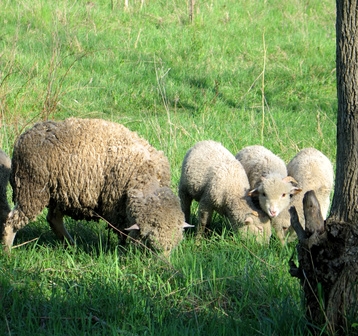 Herbicide Safety for Grazing Animals
Herbicide Safety for Grazing Animals
H
Herbicide Safety for Grazing Animals
Herbicide Safety for Grazing Animals
H
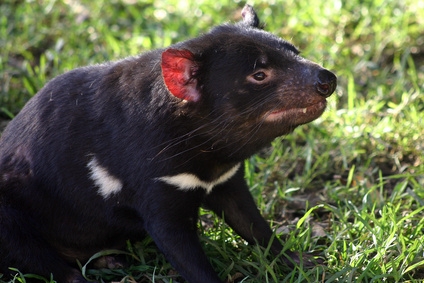 Why the Tasmanian Devil Is Endangered
Why the Tasmanian Devil Is Endangered
Why the Tasmanian Devil Is Endangered
Why the Tasmanian Devil Is Endangered
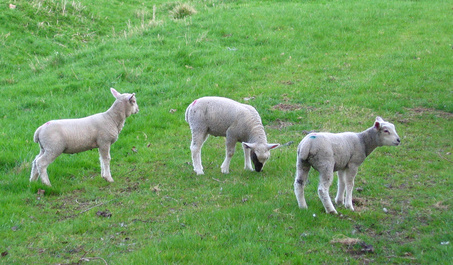 How Can I Make Money With Farm Livestock?
How Can I Make Money With Farm Livestock?
How Can I Make Money With Farm Livestock?
How Can I Make Money With Farm Livestock?
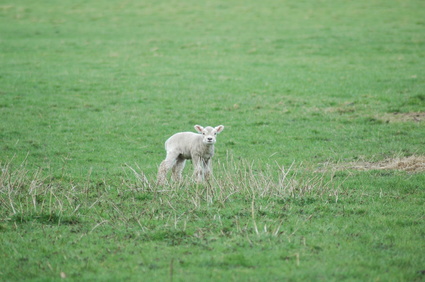 How to Wean an Orphan Sheep From a Milk Replacer
How to Wean an Orphan Sheep From a Milk Replac
How to Wean an Orphan Sheep From a Milk Replacer
How to Wean an Orphan Sheep From a Milk Replac
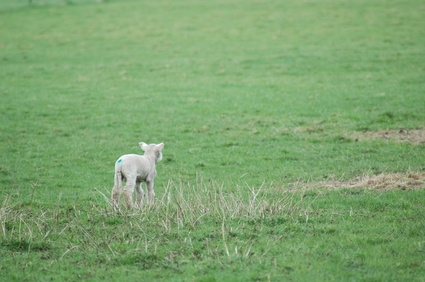 How to Raise a Baby Lamb
How to Raise a Baby Lamb
How to Raise
How to Raise a Baby Lamb
How to Raise a Baby Lamb
How to Raise
Copyright © 2005-2016 Pet Information All Rights Reserved
Contact us: www162date@outlook.com